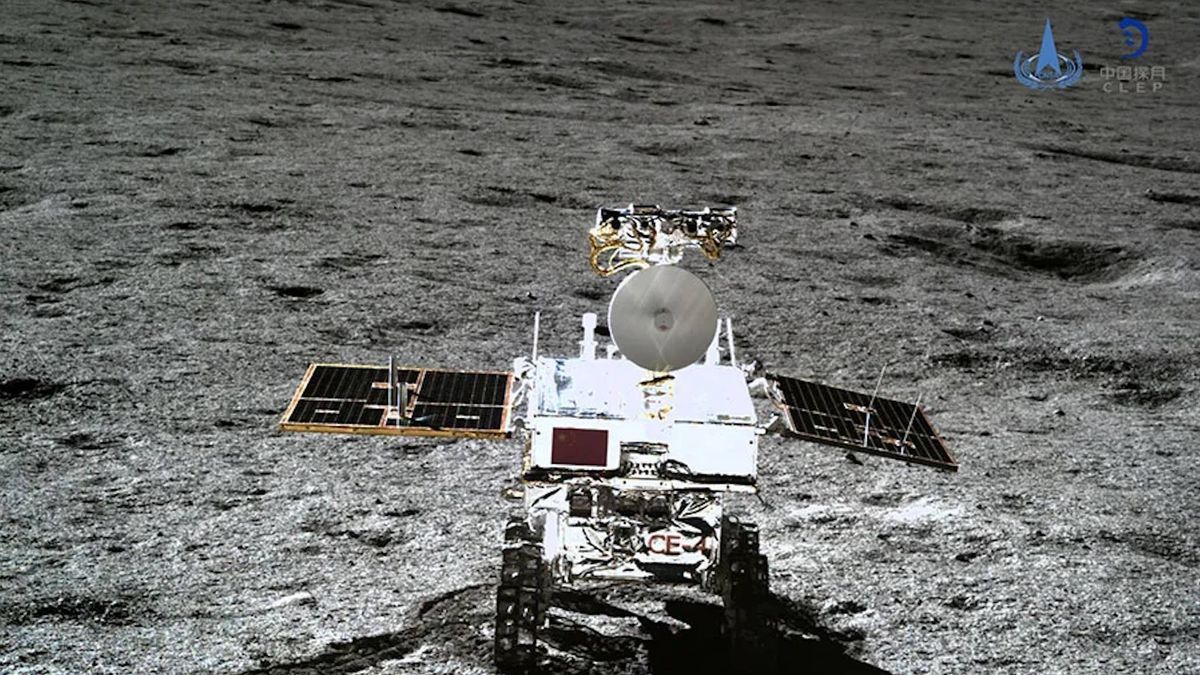Recently, China has released a detailed geologic atlas of the moon that is available in both Chinese and English. This atlas provides a scale of 1:2.5 million and showcases various intriguing geological features such as impact craters. Each ring structure on the map represents an impact event, with smaller rings called impact craters and larger ones called impact basins.
The significance of the different colored age groups on the map was explained by Liu Jianzhong, a senior researcher at the Institute of Geochemistry, Chinese Academy of Sciences (IGCCAS). He noted that purple indicated the oldest impact craters. The creation of this atlas was a result of work that began in 2012, where Chinese scientists and cartographers collaborated to draw a detailed map.
Over the years, China has embarked on various lunar missions, including orbiters like Chang’e 1 and Chang’e 2, which aimed to map the lunar surface. Subsequent missions like Chang’e 3, Chang’e 4, and Chang’e 5 have placed landers, rovers, and collected samples from both the near side and far side of the moon. The upcoming Chang’e 6 lunar far side sample return mission is set to launch soon.
This geologic atlas is seen as a valuable resource by Ouyang Ziyuan, a renowned Chinese lunar scientist. It provides insights into the moon’s history, resource distribution, and potential for future exploration. China’s ambitious plans include building the International Lunar Research Station (ILRS) on the moon in the 2030s and sending astronauts to the moon before 2030.
The geologic atlas has been hailed as an important milestone in China’s efforts to explore space further. With its detailed maps and insights into lunar geology, it will undoubtedly help scientists better understand our neighboring planet’s history and potential for future human exploration.
In conclusion


